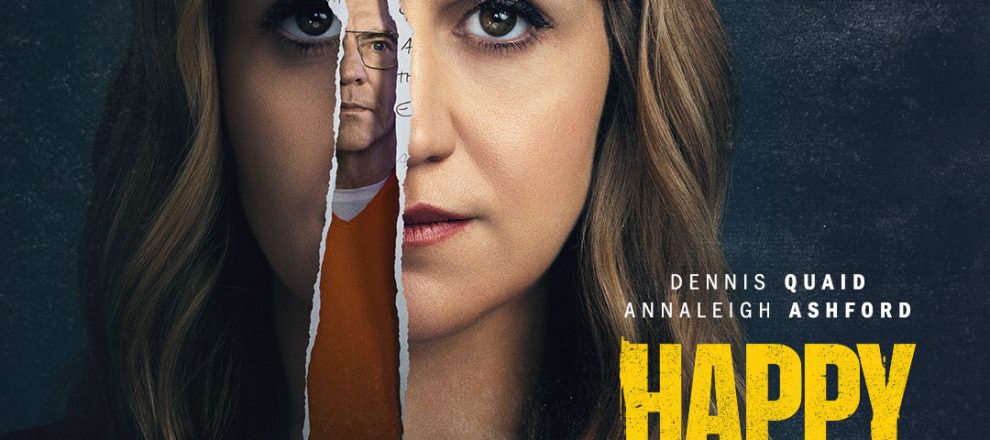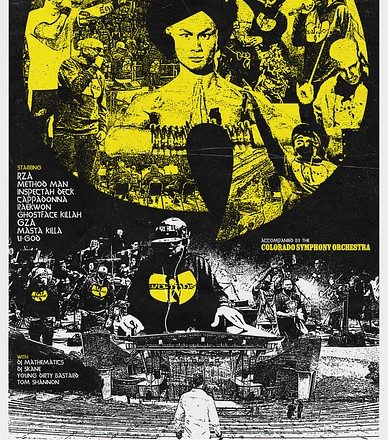“City of Hope” emerged during a period of significant social and economic change in the United States. The early 1990s saw the aftermath of the 1980s’ economic policies, urban flight, and the rise of inner-city decay. The film captures the essence of these transformations, providing a lens through which the audience can examine the consequences of political and economic decisions on everyday lives.
Table of Contents
![City of Hope (1991) [Blu-ray review] 6 City of Hope (1991) [Blu-ray review] 5](https://andersonvision.com/wp-content/uploads/2024/05/city-of-hope-0-2.jpg)
John Sayles deserves a bigger fanbase
John Sayles, both the writer and director, is celebrated for his ability to weave complex narratives that reflect societal issues. With a background in independent cinema, Sayles often eschews mainstream Hollywood conventions, focusing instead on character-driven stories with a strong moral core. “City of Hope” continues this tradition, presenting a mosaic of narratives that intersect to reveal the larger picture of urban life.
![City of Hope (1991) [Blu-ray review] 8 City of Hope (1991) [Blu-ray review] 7](https://andersonvision.com/wp-content/uploads/2024/05/city-of-hope-blu-ray-5.jpg)
From the opening credits to the end, I love the look
The visual style of “City of Hope” is characterized by its realistic and gritty depiction of urban life. Sayles employs a naturalistic approach to cinematography, using handheld cameras and on-location shooting to create an immersive experience. The film’s color palette and lighting choices reflect the bleakness and decay of the city, reinforcing the themes of desolation and struggle.
The cinematography also plays a crucial role in the storytelling, with carefully framed shots that emphasize the isolation and interconnectedness of the characters. Sayles uses the urban landscape not just as a backdrop but as a character in itself, shaping the lives and destinies of those who inhabit it.
![City of Hope (1991) [Blu-ray review] 10 City of Hope (1991) [Blu-ray review] 9](https://andersonvision.com/wp-content/uploads/2024/05/city-of-hope-blu-ray-6.jpg)
I forgot how much I love the sound design
The sound design of “City of Hope” complements its visual style, using ambient sounds to enhance the realism of the urban setting. The film’s score, composed by Mason Daring, is understated yet effective, providing an emotional undercurrent that supports the narrative without overwhelming it. The music and sound work together to create an immersive atmosphere, drawing the audience into the world of the film.
What works in City of Hope?
The thing that Sayles harps on in City of Hope is the pervasive nature of corruption and the corrupting influence of power. The film explores how individuals and institutions become complicit in unethical practices, often rationalizing their actions as necessary or inevitable. This theme is embodied in characters like Joe Rinaldi and Mayor Baci, whose decisions are influenced by the desire to maintain power and control.
![City of Hope (1991) [Blu-ray review] 12 City of Hope (1991) [Blu-ray review] 11](https://andersonvision.com/wp-content/uploads/2024/05/city-of-hope-blu-ray-7.jpg)
Some final thoughts
In “City of Hope,” John Sayles crafts a powerful and thought-provoking exploration of urban decay, corruption, and the search for meaning in a complex world. The film’s intricate narrative, rich character development, and realistic visual style combine to create a compelling portrayal of a city grappling with its identity and future.
Through its examination of power, community, and ethical dilemmas, “City of Hope” invites viewers to reflect on the broader societal issues that continue to shape our world. It stands as a testament to the enduring power of independent cinema to tell meaningful stories that resonate with audiences and provoke critical thought.
What’s on the Blu-ray?
City of Hope comes to Blu-ray from SONY after a long home video absence with a Blu-ray featuring a sole special feature. It’s a much needed commentary with director John Sayles. The A/V Quality is pretty robust with a clean 1080p transfer and DTS-HD 2.0 master audio track. I’m not sure if people expected more, but this was a fun little bow onto Blu-ray.

![City of Hope (1991) [Blu-ray review] 4 City of Hope (1991) [Blu-ray review] 3](https://andersonvision.com/wp-content/uploads/2024/05/city-of-hope-0-1.jpg)


